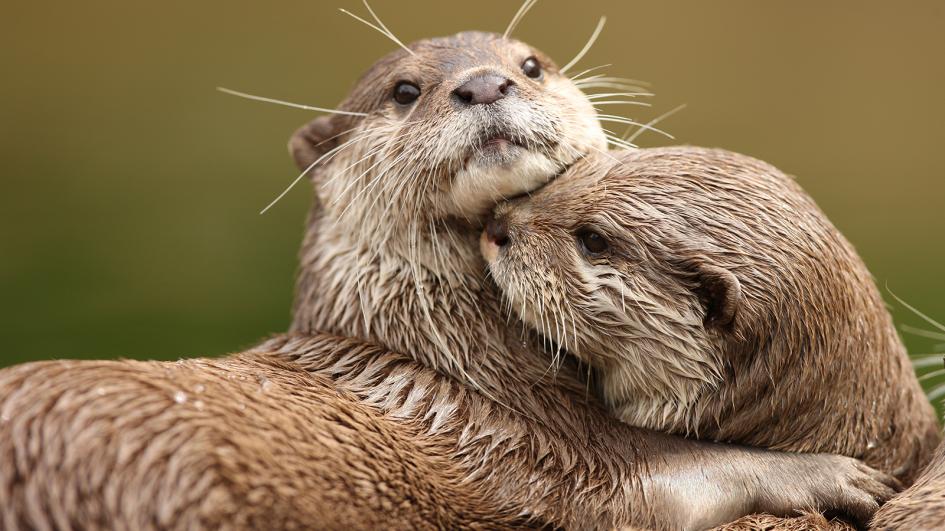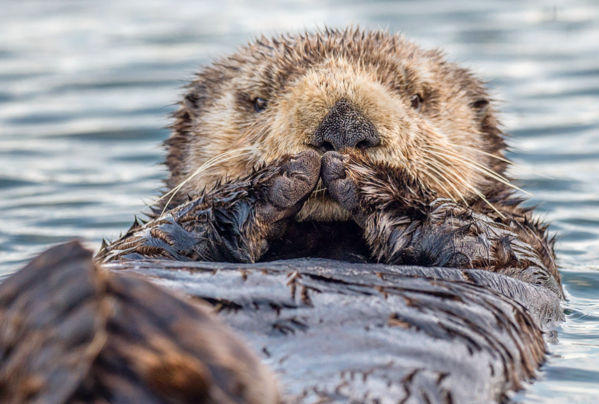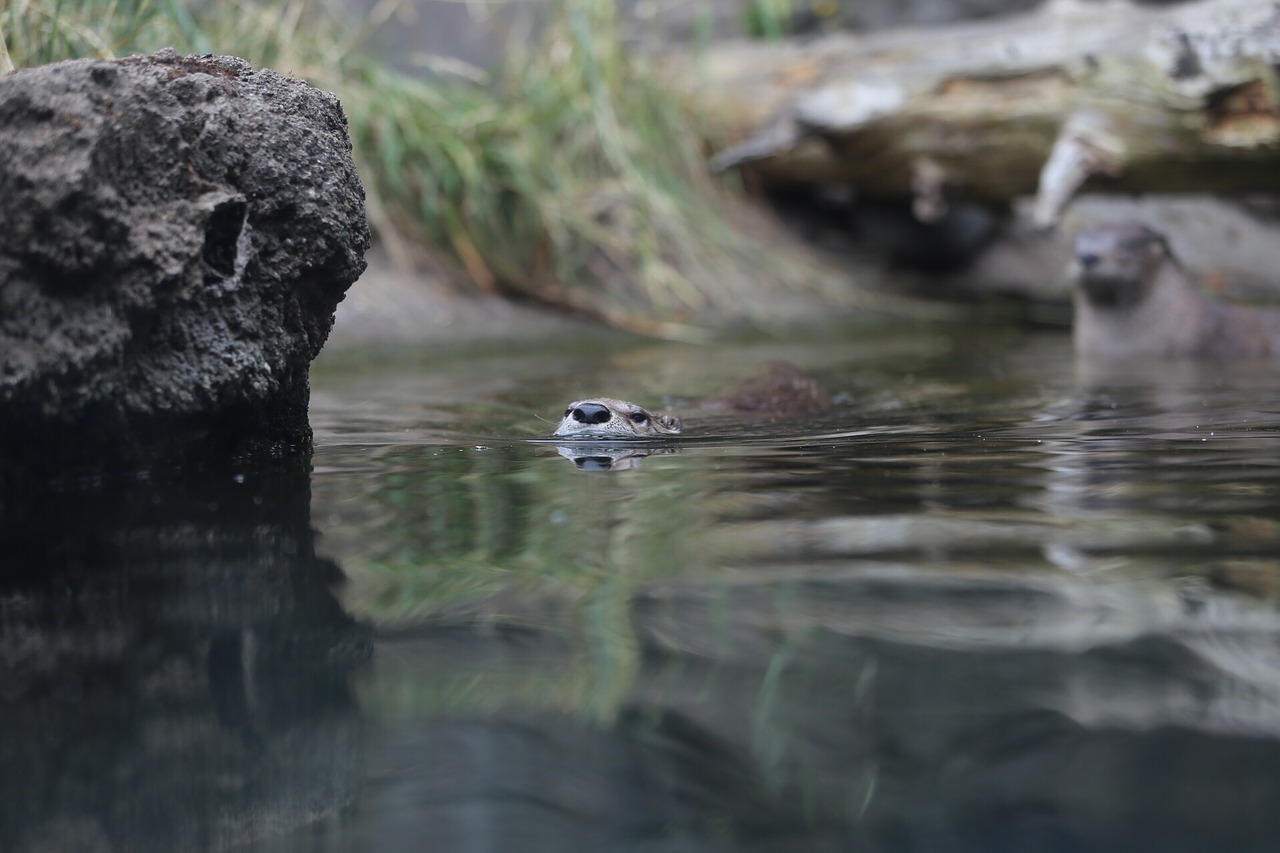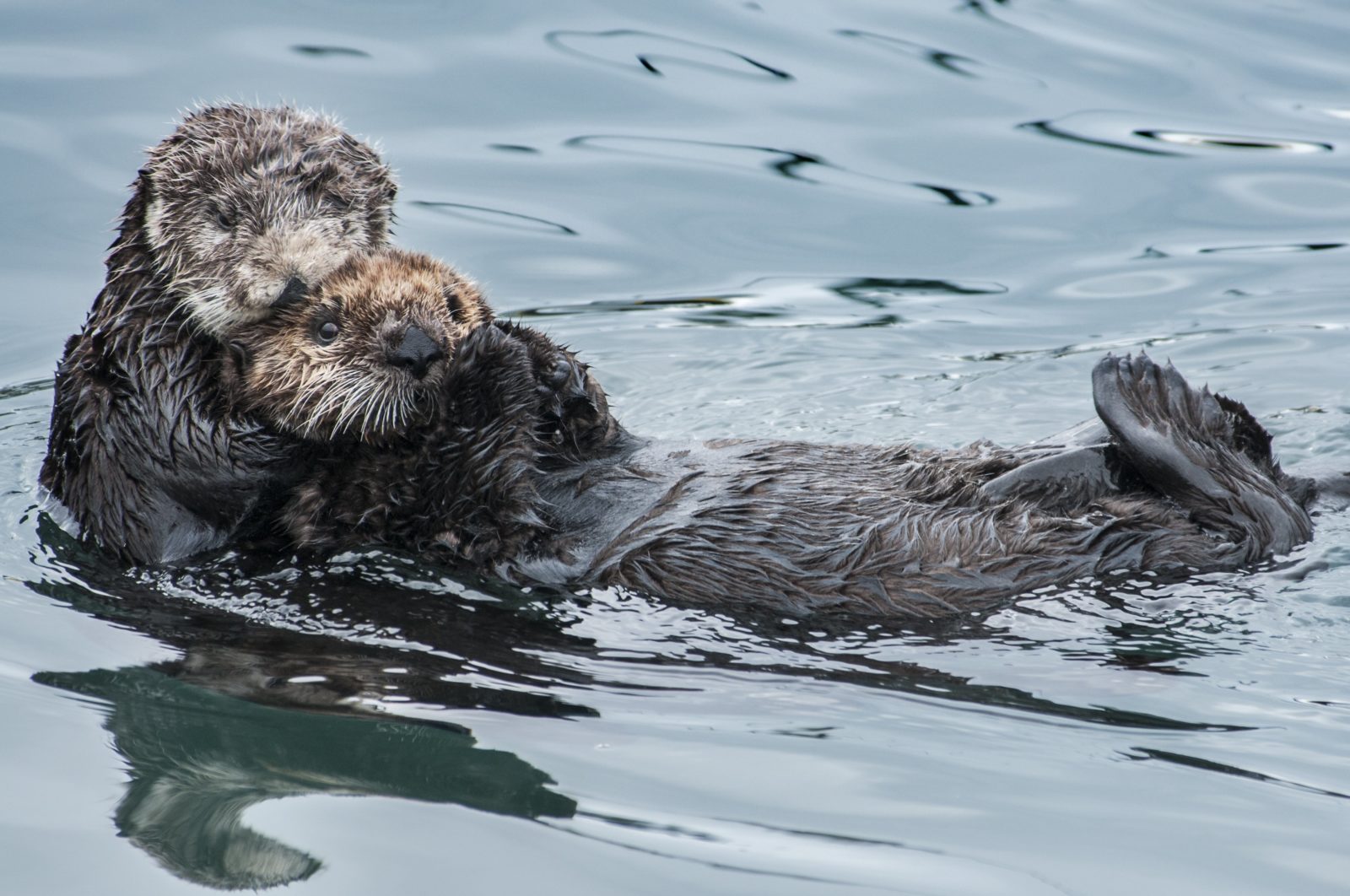How to Tell the Difference Between Sea Otters and River Otters
Published by Ocean Conservancy
It’s without a doubt that otters are some of the most adorable mammals to ever grace the planet. From their curious faces to their charming behaviors, the otters of the world have earned the title of many nature lovers’ favorite creatures. However, we noticed a conundrum that many readers seem to get themselves into. When it comes to distinguishing between river otters and sea otters…well, what is the difference, anyway? Not to worry, friends. We know it can get otterly confusing to differentiate the species, so here are five ways to tell them apart!
Size


One thing many people don’t realize is just how much larger sea otters are compared to river otters. Female otters in the California region can weigh up to 60 pounds, while males can weigh up to 90 pounds. If you travel further north to areas like the Alaskan seaboard, you could even find males weighing up to 100 pounds! River otters are more petite. While the females are similarly much smaller than the males at 10-20 pounds, male river otters only reach a maximum size of around 30 pounds.
Profile


Sea otters aren’t only heftier than river otters—their fur is also quite distinguishable. If you look closely at river otters, you’ll notice that they have short, coarse fur made up of two layers: one for keeping them warm, and another ‘waterproof’ one outside of that. Sea otters’ have the densest fur in the entire animal kingdom with up to one million hairs covering each square inch of their body. Both types of otters need their coats to form a layer of insulation that traps air to keep them warm, and they certainly need it when areas like the Pacific dip to chilly temperatures that are often between 35° and 60° (and even lower than that as you move up the coast toward Alaska and Canada)!
Swimming Style


While members of both otter subtypes love to swim, the swimming behaviors they engage in are quite distinct. Found in both saltwater and freshwater, a river otter lounges around riverbanks and swims with its belly down, keeping the majority of its body submerged below the water. Sea otters, conversely, are found only in salt water and rarely go on land. They even have the adorable habit of floating on their backs, even while they’re eating, and have been known to hold hands with each other while sleeping so they don’t drift apart from their pals!
Their swimming mechanisms are also a little different. While sea otters use their two webbed hind feet and tail to propel them through the water, the four webbed feet of river otters are what enable them to swim efficiently. Finally, river otters can dive to around 60 feet deep, whereas sea otters, remarkably, can dive to several hundred feet to forage for food.
Motherhood


When it comes to having pups, one fact that distinguishes sea otters from river otters is the number of pups they have per litter. On average, river otters have two to three pups per litter with the pups going off on their own after about six months to a year. Sea otters typically give birth to only one pup, and care for their young until they become independent around eight months to one year old. River otters also reach sexual maturity earlier and are typically able to reproduce sooner than sea otters. River otters will achieve maturity between the ages of two and three, while female sea otters mature between ages three and five, and males even later between ages five and seven.
Both otters have their own adorable way of caring for their young and making them feel at home, too. River otters keep their young safe by their side and in dens that they build on riverbanks, while sea otter moms typically keep their pups nestled on their stomachs as they float until they are old enough to swim on their own. They’re even known to wrap their babies in kelp to keep them safe and warm while they’re off hunting, and as the Marine Mammal Center describes, these pups end up bobbing up and down on the surface of the ocean like little corks!
Location


It may seem obvious, but if all else fails—the fastest way to tell what type of otter you’re observing is to examine its environment. If you’re on a river in the middle of the North American continent, far away from any seaboard: it’s a river otter. However, just because an otter is spotted on the coast does not mean it’s a sea otter. Sea otters are mainly native to the northeastern seaboards of the Pacific Ocean, so they aren’t spotted in areas like the East Coast or the Gulf of Mexico. If you spot an otter in the Chesapeake Bay, it’s a river otter, whereas if you spot one in Monterey Bay (especially in the water), the chances are high that it’s a sea otter. Additionally, sea otters spend the vast majority of their lives in the water, while river otters spend most of theirs on land, venturing into the water for tasks like hunting for food and traveling.
Whether you’re sailing the coast of the Pacific Northwest or hiking the riverbanks of West Virginia, you now have the tools to tell the difference between river otters and sea otters. These two different animals have their key differences, but one thing is for sure: they’re all still otterly loveable wildlife all the same!
Sign up for our emails!
The post How to Tell the Difference Between Sea Otters and River Otters appeared first on Ocean Conservancy.
Read the full article at: https://oceanconservancy.org/blog/2019/01/30/tell-difference-sea-otters-river-otters/



